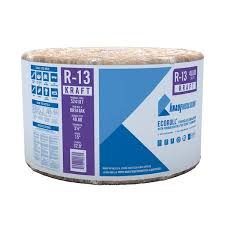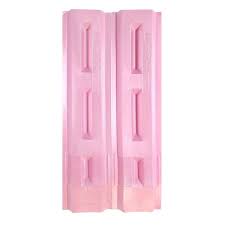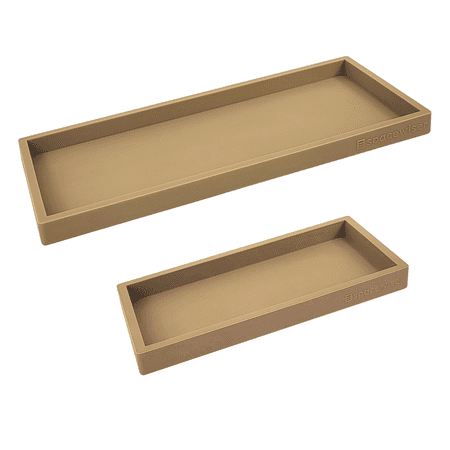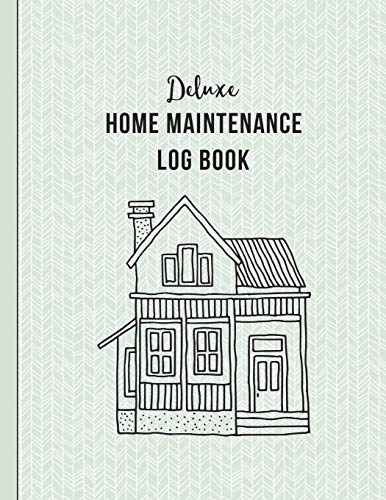
It's easy to get swept up in the excitement of a home project, but before starting any construction, it's imperative to determine if you need a permit for any of the work. Failing to obtain the proper permissions can result in fines, project delays, or even the dire requirement to undo the completed work.
Here, our panel of professional contractors explain how to know if your project requires a permit, and reveal 17 common projects you need permission for. This will help ensure your work is compliant with vital building codes and avoid expensive renovation mistakes.
How to know if you need a permit for a home project

Caroline Grieco, principal architect at MAEVE Architecture explains, ‘Typically, any work other than 'repair' work requires a permit. Check your town's website for links to local code descriptions of 'ordinary maintenance'. When the project includes major alterations like removing or relocating walls, it's typically required for homeowners to hire an architect to evaluate the structure of the home and create a drawing to be included in the permit application.'
Working out if your home project needs a permit or not is a tip to consider before a remodel, and long before planning where to spend and where to save in a remodel. Without the right documents, your project should not go ahead and may work out to be costly and disappointing in the long run.
Caroline adds, ‘In many states, only licensed contractors can apply for permits, for example, only a licensed electrician can apply for an electrical permit. Local municipalities will require a fee for permits, but those fees are used to pay inspectors to review the contractor's work for code compliance. Permits are a necessary step to keep your home safe during and after construction.’

Sabrina Phillips, longtime contractor and owner of Designing Women of OC concurs, adding, ‘The rule of thumb is that if the work alters the structure, electrical, plumbing, or mechanical systems of a home, technically that would require a permit. If you're unsure, have a budget, and want to save time, hiring a professional is always the safest bet since they will handle any needed permits for you.'
Common projects that need a permit

Glenn Gault, CEO at Gault Heating & Cooling warns, ‘Most people don’t realize that even small changes – like adding attic insulation or replacing a gas line for a new stove – can require a permit. For example here in Ohio, where we are based, most projects on the outside of your home require a zoning certificate, even things like window and door replacement.’

Once you have the right permits to install insulation, you can get to work improving your energy efficiency. Knauf R-13 EcoRoll Kraft faced fiberglass insulation with ECOSE Technology is a leading sustainable insulation. It is validated by UL Environment as formaldehyde-free and contains no Red List chemicals.

This extruded polystyrene foam vent is designed to allow unrestricted airflow from the soffit to the ridge vent, which will help prevent damp and mold. This product works well for both new and retrofit construction projects.

If you are working with or near unsealed insulation, you should always wear the correct safety equipment such as a respirator mask, goggle, work gloves, and thick boots to protect your skin and airway.
The home renovation projects that require permits will vary massively depending on the state you live in. That being said, Gio Capolongo, homes expert and code violation remediator at Violation Clinic shares several common projects typically require approval across the country, some of which may surprise you:
- Window replacements
- Fence installations
- Replacing or building a deck
- Roof replacements
- Water heater installation
- Garage conversions
- Adding or moving electrical outlets
- Anything to do with retaining walls or load-bearing walls
- New driveways or expanding existing ones
- Basement finishing
- Demolitions
- Installing a shed or detached structures
- Solar panels
- Swimming pool ideas and hot tubs
- Egress window installation
Ryan Meagher, business development manager at BMV Contracting adds, ‘Adding plumbing fixtures is another common surprise for homeowners, especially if you are on a septic system, it is important to ensure that the septic system can support the additional plumbing fixtures. Additionally, whenever you complete electrical work it is always a good idea to pull an electrical permit and have the work completed and/or inspected by a master electrician.’

Once you have the planning permission out of the way, you can start thinking about the fun little details and finishing touches, such as your bathroom plumbing finishes. This faucet comes with hot and cold supply lines and double handles.

It is never too early to start thinking about decor pieces. These counter trays keep soap dishes and bottles neatly organized to reduce visual clutter.

For a truly coherent bathroom project, swap out traditional soap dispensers for amber glass bottles. These come with labels so you do not mix up soaps and lotions.
When to apply for permits

To renovate a house successfully, Carr Lanphier, CEO of Improovy warns, ‘I would recommend applying for a permit well before you’re due to start work since any delays could impact your timeline and become problematic if you’re working with a contractor or trying to get a project done within a certain season or time frame.’
Most of the time, when working with a contractor, they will apply for and acquire the permits you need for you, taking some of the stress out of your pre-renovation checklist. To be sure, include permits on your list of questions to ask a contractor before hiring them. Carr continues, ‘I do think it doesn’t hurt to check this out yourself – I’ve heard some horror stories about homeowners working with less than reputable contractors and running into permit issues.’
When finding good contractors for your next project, their history with permits should play a key role in your decision making.

This logbook comes with 12 years worth of space to keep track of home maintenance, servicing information, insurance details, and DIY project checklists to make maintaining a household simpler.
Meet the experts
FAQs
Who is responsible for pulling permits?
In many states, it is a contractor's responsibility to acquire the correct permits for a project they have been hired to complete, with some states only giving permits to licensed professionals. That being said, it is vital as the homeowner that you check these permits to ensure everything is above board and ready to proceed before allowing workers into your home.
When sourcing quality contractors for your home projects, consider using a service such as Sears Homes Services, a platform to help you find the right workmen for the job, including appliance repair experts, HVAC professionals, and professional cleaners.
Can a contractor get in trouble for not pulling a permit?
Contractors can get in serious trouble for failing to acquire the necessary permits for a project, but they are not the only ones at risk. As the homeowner, you can also be fined for not checking for the correct documentation before the project begins. This also leaves you liable should anyone be injured during the project, too.
Sabrina Phillips, contractor, concludes, ‘The safety risks and potential fines from the city far outweigh the low cost of getting that permit. Additionally, If you ever try to sell your home, having unpermitted additions or major changes can affect appraisal values, scare off potential buyers, and potentially tank that highest and best offer from a buyer.’







